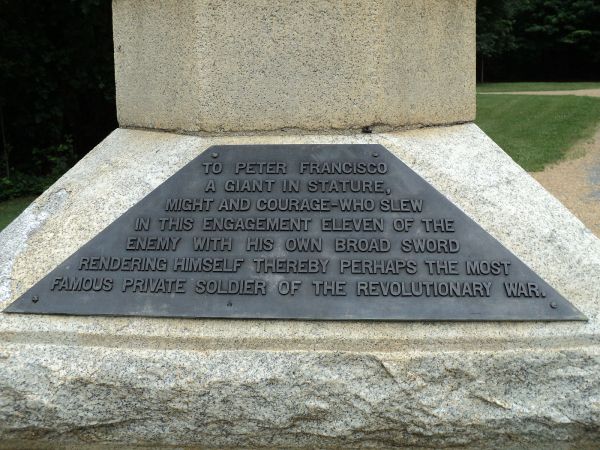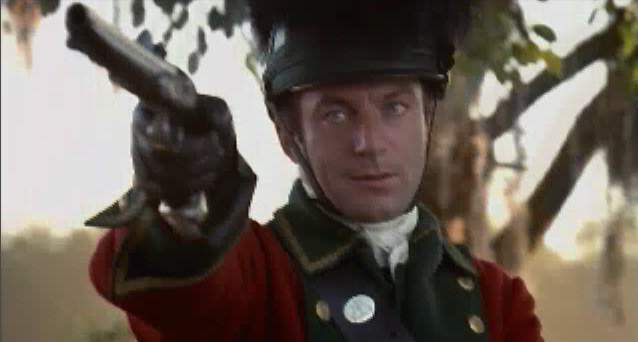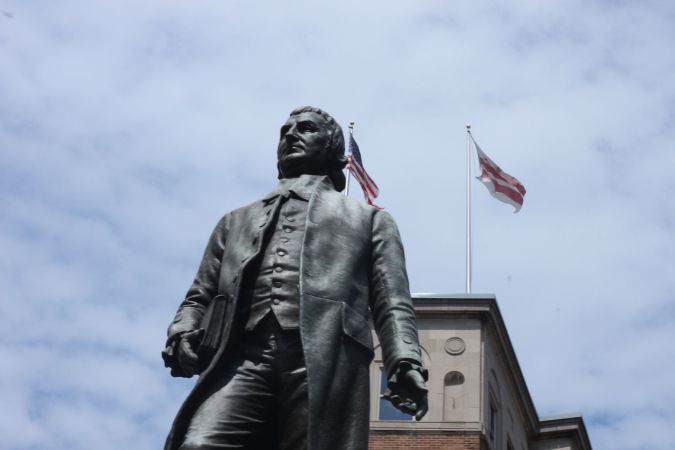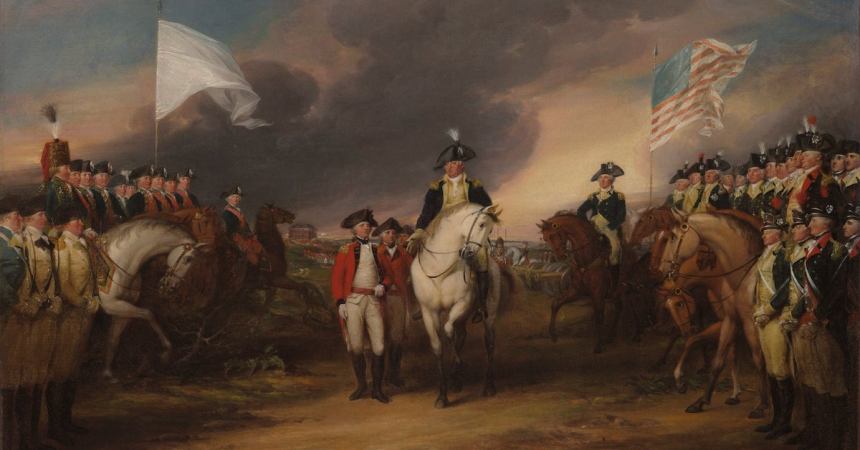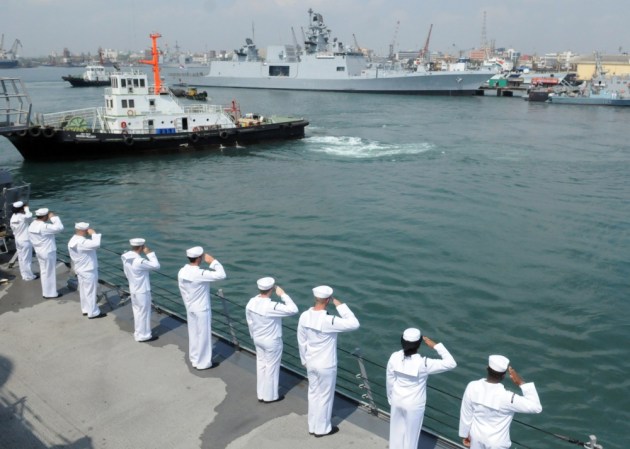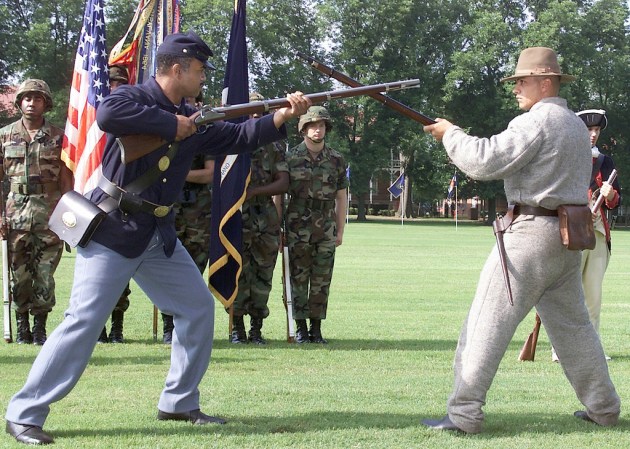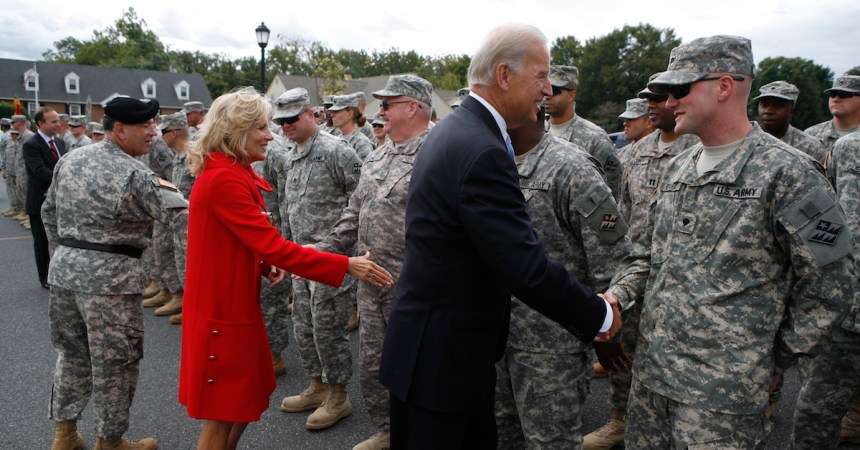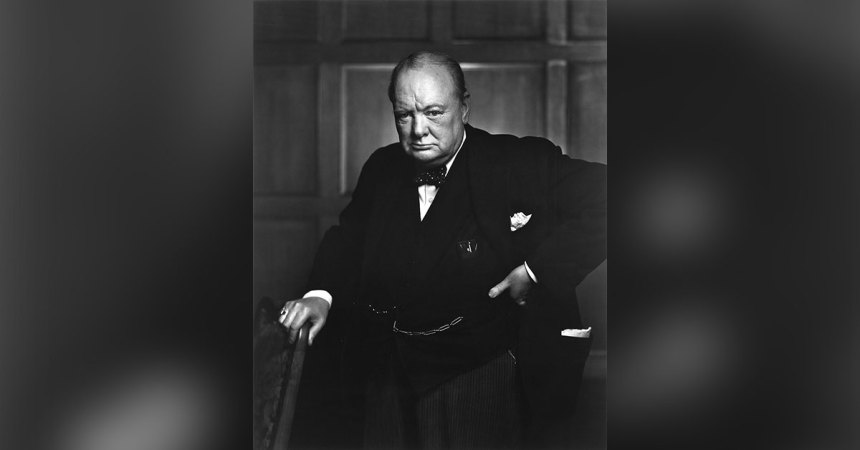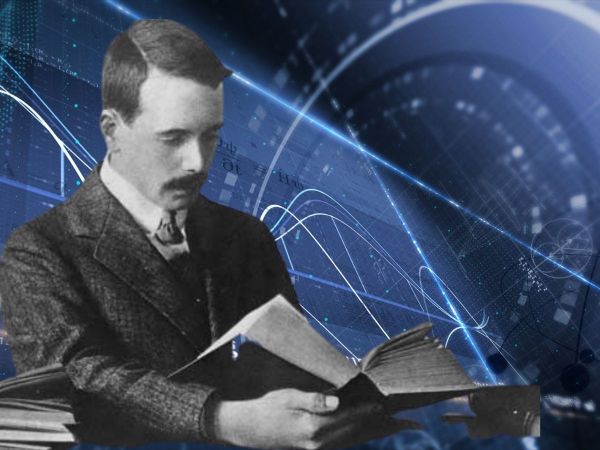Peter Francisco was born into a wealthy family in June, 1760, on an island in the Azores archipelago of Portugal. When Francisco was just 5 years old, he was abducted by pirates. The future patriot was ripped from his home and carted off to a nearby ship. Approximately six weeks later, a dock worker saw a boat maneuver up the James River in Virginia. There, the pirates dropped off the young Francisco and left as quickly as they’d arrived.
Nobody’s entirely sure why the abductors snatched him up only to later drop him off without seeking payment, but historians have their theories. Some say that Francisco’s father orchestrated the kidnapping in order to spare Peter from the wrath of his family’s political enemies.
Whatever the case, locals took the abandoned Francisco to a nearby orphanage soon after he arrived. There, he was taken in by Judge Anthony Winston. He took the young boy back to his plantation to learn English. Due to his dark, Mediterranean complexion, however, Francisco lived near the slaves and never received a proper education.

Francisco spent many of his early years working on Judge Winston’s plantation, learning how to be a blacksmith. Winston invited Francisco to join him at the Second Virginia Convention in 1775, where George Washington, Thomas Jefferson, and Patrick Henry were all in attendance. After several days of intense debate between loyalists and patriots, Patrick Henry delivered his famous quote,
“Give me liberty or give me death.”
As the teenage Francisco watched through a window, he chose liberty.
Nearly a year and a half later, Francisco finally convinced Winston to allow him to join the Continental Army. At just 16 years old, Francisco was officially a member of the 10th Virginia Regiment and stood six feet, six inches tall and weighed 260 pounds — truly a giant of his era.
Soon after, Francisco fought in several famous battles, including Brandywine and Valley Forge. During the Battle of Stony Point, George Washington recruited 20 elite troops to be first in line to assault the British fort. Francisco was selected as one of those men.

Francisco was tasked with scaling a 300-foot wall and reaching the fort’s flagstaff. Of the 20 who led the charge, 17 were either killed or wounded — a large slash across the abdomen put Francisco among them. Despite his injury, he killed his adversaries and reached his destination. He lay, wounded, at the base of the flag as the British surrendered. From then on, Francisco was known as the “Hercules of the American Revolution.”
During the Battle of Camden, Francisco noticed a 1,100-pound cannon in a field next to some dead horses. According to legend, he managed to lift the canon and take it, saving it from falling to British hands. For this courageous act, the U.S. Postal Service design a stamp in Francisco’s honor.

As Francisco continued to fight the war, he continuously remarked on the tiny size of the swords with which they fought. Eventually, Washington gave Francisco a six-foot broadsword — not unlike the sword famously used by William Wallace in his own battles against the English.
By the time Francisco was done serving, he had been wounded six times, but never stopped fighting. He was later elected by the Senate to work as the sergeant-at-arms.
Later, Francisco died from appendicitis. He was 71-years-old.



